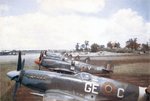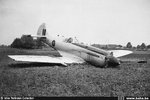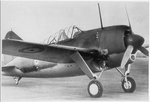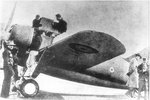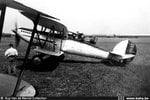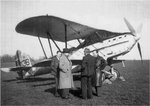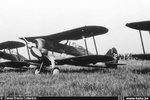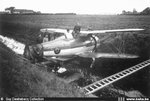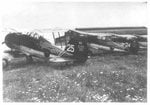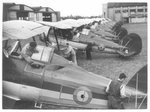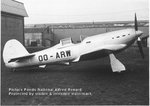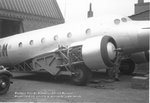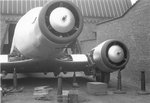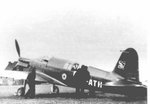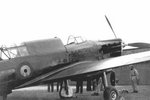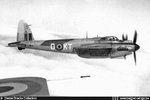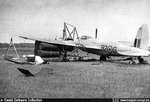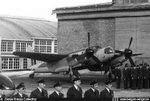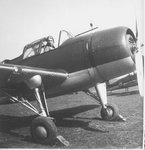The Belgian Air Force was founded in 1909 as a branch of the Belgian Army, carrying the name Compagnie des Ouvries et Aérostiers King Albert's interest in the military use of airplanes was a main impetus for its formation. Coincidently, in the civil aviation sector, Baron Pierre de Caters earned the first civil pilot's brevet that same year. Caters would promptly establish an aviation school. At approximately the same time, the War Ministry decided to follow the French military's example and have pilots earn a civil pilot's brevet before their military one. As a result, in 1910, three Belgian lieutenants earned their Pilot's Brevets at that school, voluntarily paying their own fees. There were two artillery lieutenants; Baudoin de Montens d'Oosterwyck, who earned Brevet No. 19 on 30 September, and Alfred Sarteel, granted No. 23 on 10 November. The third lieutenant, Georges Nelis, was the new force's first aviation candidate, gaining Brevet No. 28 on 21 December. An airplane was personally purchased for him.
In Spring of 1911, the new air force established its military aviation school with five pilots, two mechanics, and a woodworker. It received its first airplane via a circuitous route; Baron Caters gave an airplane to King Albert, who in turn presented it to the school. On 12 September 1912, pilot Lieutenant Nelis and observer Sous Lieutenant Stellingwerff were the first Europeans to fire a machine gun from an airplane; while Nelis brought the aircraft low, Stellingwerff put some bullets through a sheet staked out on the ground. They were disciplined for their efforts. Nelis then accompanied Capitaine Commandant Émile Mathieu to England during November 1913 to demonstrate aerial use of the Lewis machine gun at Hendon and Aldershot; as a result, the British adopted the Lewis, although the Belgians did not. Belgium entered World War I with planes tasked solely for reconnaissance missions.
At the start of World War II, the Army Air Force had three active Air Force Regiments. Planes which were used by those regiments were the Renard R-31 and R-32, the Fiat CR.42, the Hawker Hurricane, the Gloster Gladiator, the Fairey Fox, and the Fairey Battle. These were massacred by the much superior German Luftwaffe in the German invasion of May 1940. Before the outbreak of the war Belgium also sought to equip its Aviation Militaire with foreign designs, ordering production licences in Poland and France and aircraft in the USA. However, the acquired licences could not be used until May 1940 and the aircraft produced in the USA were eventually delivered to France and to the United Kingdom. After the surrender of Belgium on 28 May 1940, a very small Belgian Air Force in exile was created in Great Britain. This small force was active within the British Royal Air Force, and its squadrons were equipped with versions of the Supermarine Spitfire and Hawker Typhoon.
In Spring of 1911, the new air force established its military aviation school with five pilots, two mechanics, and a woodworker. It received its first airplane via a circuitous route; Baron Caters gave an airplane to King Albert, who in turn presented it to the school. On 12 September 1912, pilot Lieutenant Nelis and observer Sous Lieutenant Stellingwerff were the first Europeans to fire a machine gun from an airplane; while Nelis brought the aircraft low, Stellingwerff put some bullets through a sheet staked out on the ground. They were disciplined for their efforts. Nelis then accompanied Capitaine Commandant Émile Mathieu to England during November 1913 to demonstrate aerial use of the Lewis machine gun at Hendon and Aldershot; as a result, the British adopted the Lewis, although the Belgians did not. Belgium entered World War I with planes tasked solely for reconnaissance missions.
At the start of World War II, the Army Air Force had three active Air Force Regiments. Planes which were used by those regiments were the Renard R-31 and R-32, the Fiat CR.42, the Hawker Hurricane, the Gloster Gladiator, the Fairey Fox, and the Fairey Battle. These were massacred by the much superior German Luftwaffe in the German invasion of May 1940. Before the outbreak of the war Belgium also sought to equip its Aviation Militaire with foreign designs, ordering production licences in Poland and France and aircraft in the USA. However, the acquired licences could not be used until May 1940 and the aircraft produced in the USA were eventually delivered to France and to the United Kingdom. After the surrender of Belgium on 28 May 1940, a very small Belgian Air Force in exile was created in Great Britain. This small force was active within the British Royal Air Force, and its squadrons were equipped with versions of the Supermarine Spitfire and Hawker Typhoon.
Last edited:


